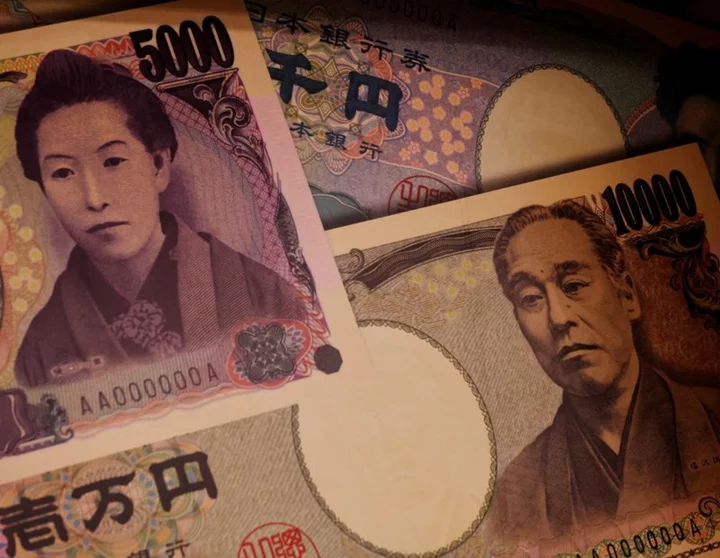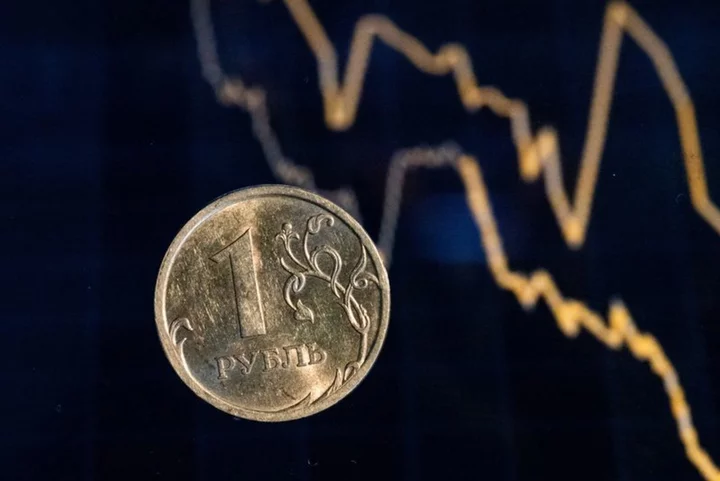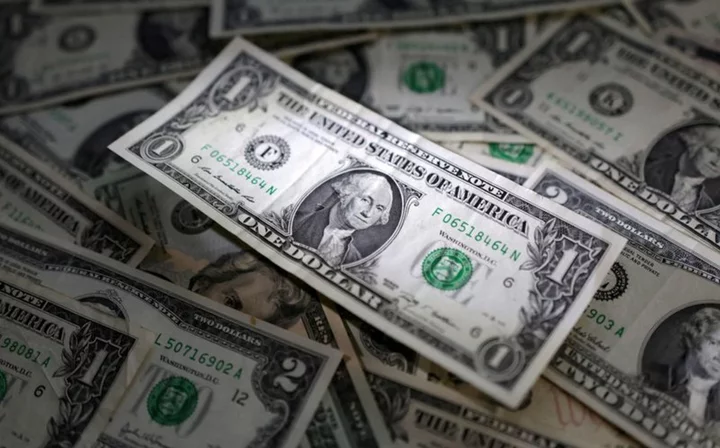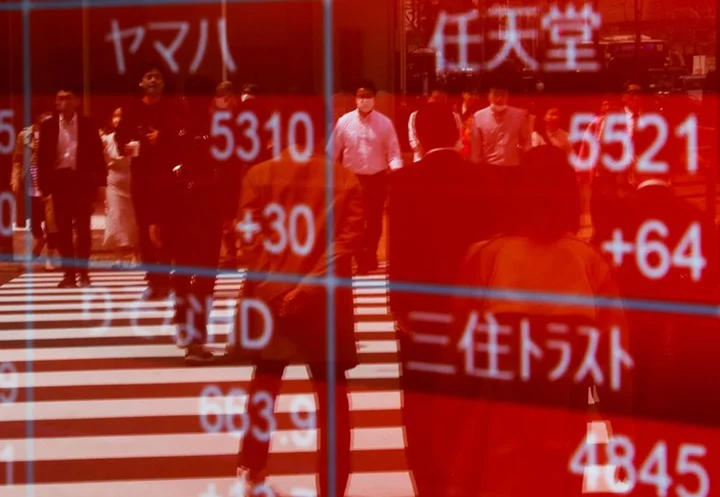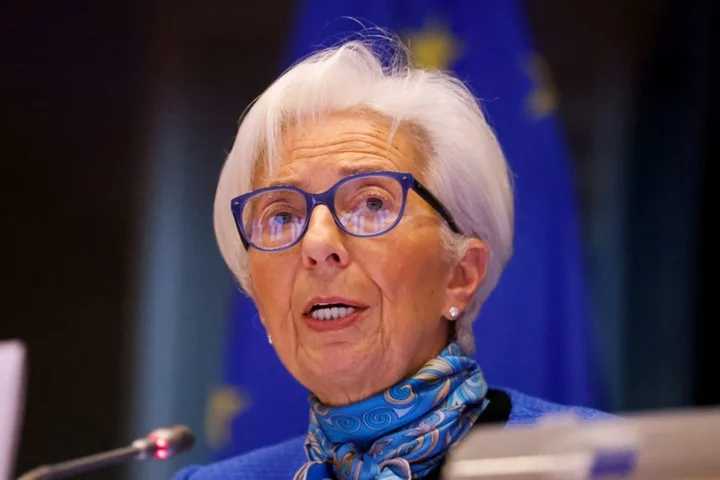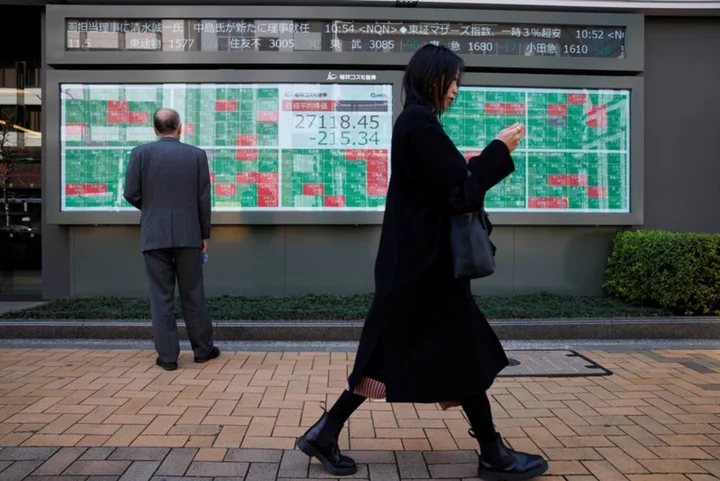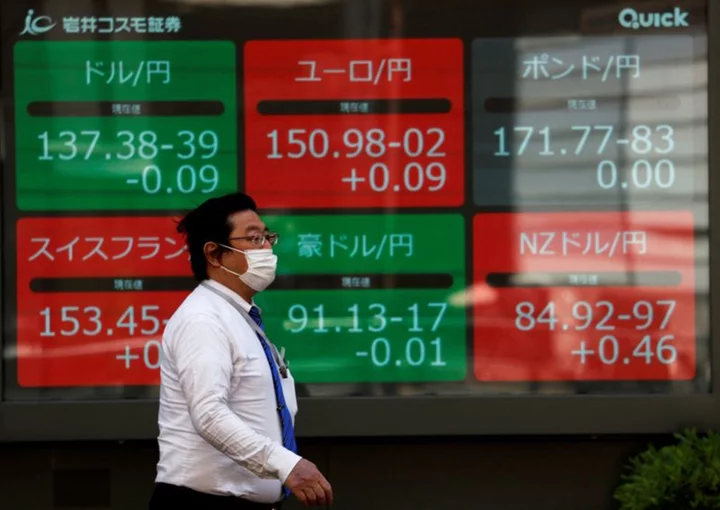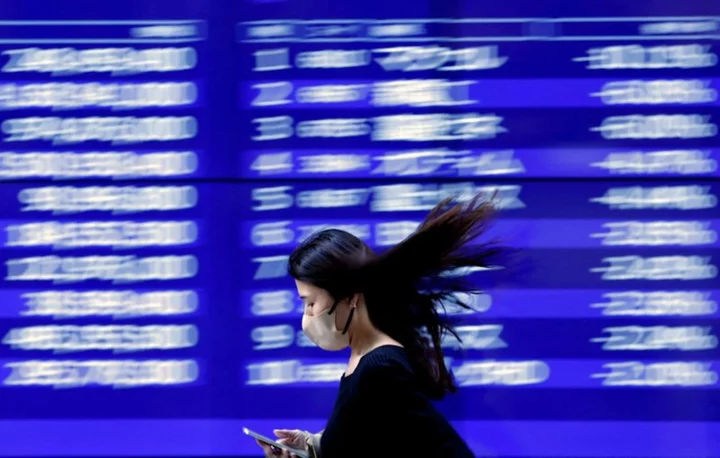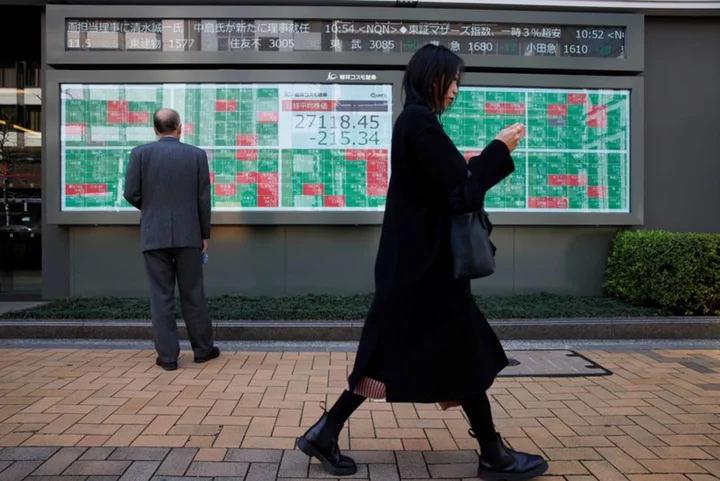By Kevin Buckland
TOKYO The yen's slide to the cusp of 150 per dollar has put investors on high alert for the risk of intervention. But, Japanese authorities could find propping up their currency both difficult to achieve and hard to justify.
At its core, the yen's 3% slide in September to its weakest in 11 months at 149.71 on Wednesday is a result of the Bank of Japan's hesitancy exiting an ultra-easy monetary policy while the U.S. Federal Reserve keeps its options open for further tightening.
The dollar-yen pair traditionally tracks the gap between the countries' long-term yields, which has yawned to 380 basis points in the dollar's favour. U.S. Treasury yields jumped after Fed officials surprised markets last week by hinting at another rate rise this year.
On the Japanese side, BOJ Governor Kazuo Ueda has quashed expectations for a hawkish shift during coming months by repeatedly emphasising a patient approach was needed to tightening the taps on its super loose policy.
Intervention is both financially risky and politically charged. To make even a ripple in the $5 trillion currency market, the BOJ would need to draw down massive amounts of dollar reserves.
Considering the major rich democracies commitment to letting markets determine exchange rates, Tokyo could get a grudging response from Washington when it tries explaining why it needed to pour so many dollars into the open market.
"You've got the Fed and most other G-10 countries hiking rates, while the BOJ is emphatically saying they're not going to do anything, so if the currency weakens, it's like, Duh!" said Bart Wakabayashi, Tokyo branch manager at State Street Bank and Trust.
"How can you have a conversation and justify a strong yen in these conditions? There's not a lot you can put on the table."
Wakabayashi, like many other analysts and investors, considers the 150 yen per dollar level a red line for currency intervention, not least because of its significance as a symbol of climbing costs of living from imported food and fuel. Public opinion is particularly important now, amid speculation Prime Minister Fumio Kishida may call a snap election.
Finance Minister Shunichi Suzuki said on Friday that the ministry doesn't have a "defence line."
But he has repeated a warning several times this month that Tokyo is watching the currency market "with a sense of urgency," and "won't rule out any options" in responding to "excessive volatility".
Masayuki Kichikawa, chief macro strategist at Sumitomo Mitsui DS Asset Management, says if Japan's Ministry of Finance, which manages the currency, does not defend the yen at 150, market participants will instantly try to force it lower to 155.
"Politically and economically, it becomes problematic," he said. "The Japanese public is complaining about the rising cost of living, and although yen weakness is just one of several factors contributing to that, it's the most visible one."
INTERVENTION IMMINENT
The yen careened to a 32-year trough at 151.94 last October before being reined in by several bouts of heavy intervention, the first by Japanese authorities in a generation.
But the turn in tide was helped at that time by a surprise cooling of U.S. inflation, which quelled bets for additional Fed tightening.
Japanese authorities have been consistent in stressing that intervention doesn't target specific levels, and is instead designed to temper volatility and flush out speculators, particularly when moves are out of line with fundamentals.
Currently, few of those conditions seem to be met.
Measures of expected market volatility remain subdued. One-month volatility options sank to the lowest in a year and a half at the start of this week, after clearing last week's Fed and BOJ policy meetings.
Yen speculative short positions are well back from highs reached in mid July, according to CFTC data.
"There's nothing in terms of price action that reeks of disorderly conditions or speculative excess," said Ray Attrill, head of FX strategy at National Australia Bank. "Dollar-yen is arguably too low rather than too high here."
Some analysts say fundamentals argue for the yen to already be on the weaker side of 150, and it has only been held back by the spectre of intervention and prospects of the BOJ moving away from negative interest rates.
Against the euro and sterling, the yen has actually strengthened this month.
Treasury Secretary Janet Yellen said last week that U.S. officials "generally understand the need to smooth out following undue volatility, but not to attempt to influence the level of exchange rates," when asked whether Washington would show understanding over yen intervention. "It depends very much on the details."
Ultimately though, taking action is likely to be judged less costly than doing nothing.
Aninda Mitra, head of Asia macro and investment strategy at BNY Mellon Investment Management said any intervention was "ultimately a political decision."
"But from a purely economic and monetary standpoint, I doubt that it does much," Mitra added. "Rate differentials are still very much against the yen. If it's that futile, why even try it?"
(Reporting by Kevin Buckland; Additional reporting by Alun John in London; Editing by Vidya Ranganathan & Simon Cameron-Moore)

